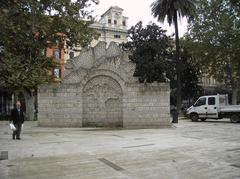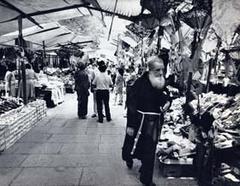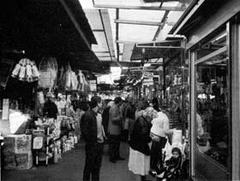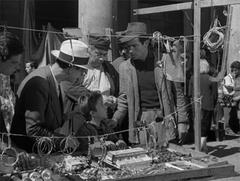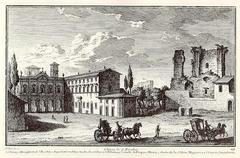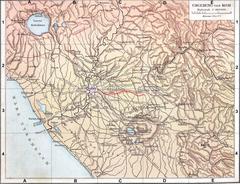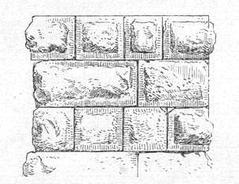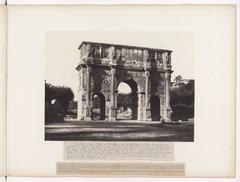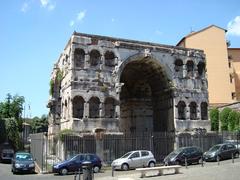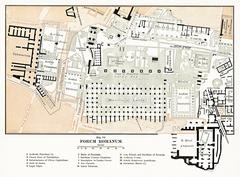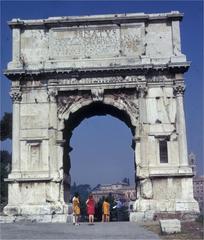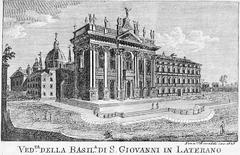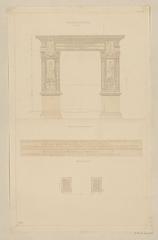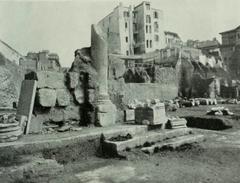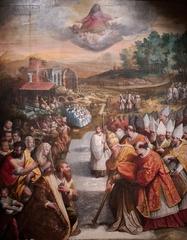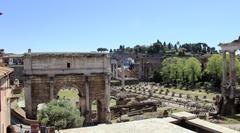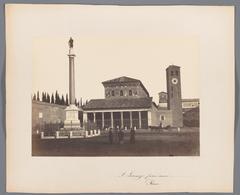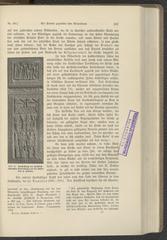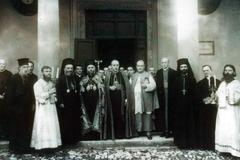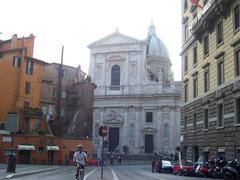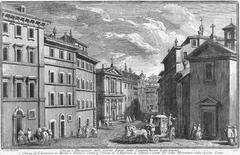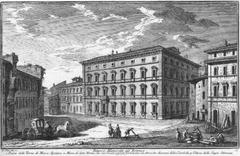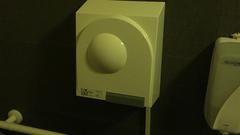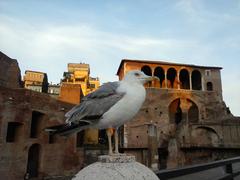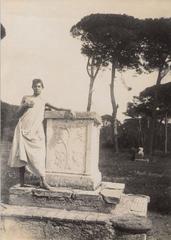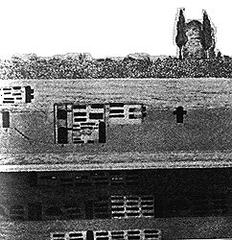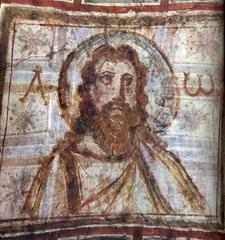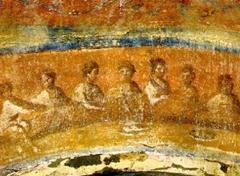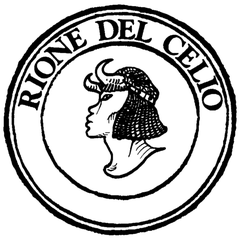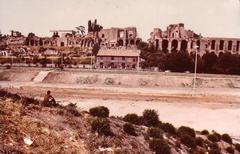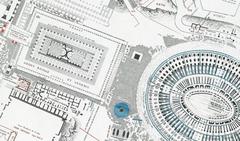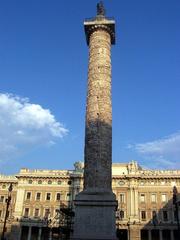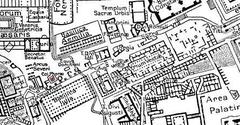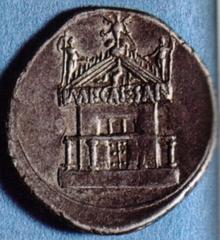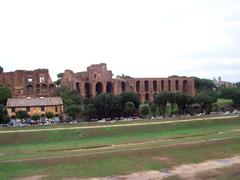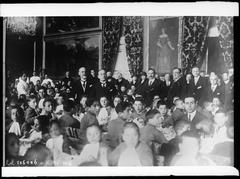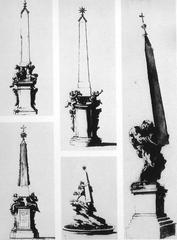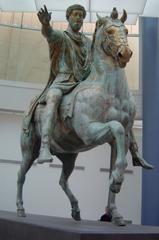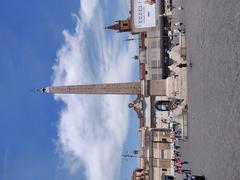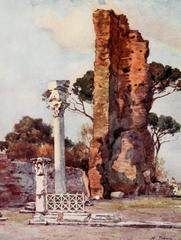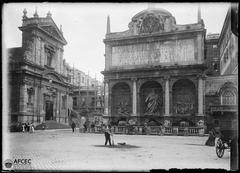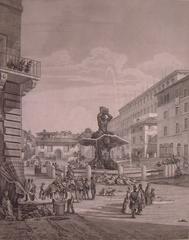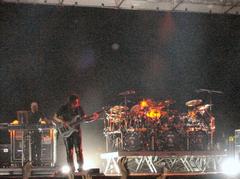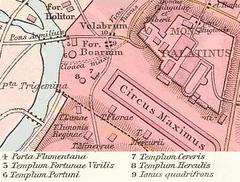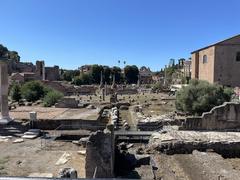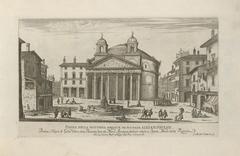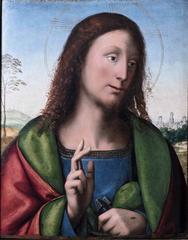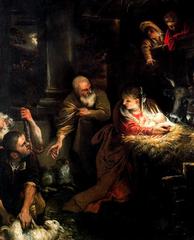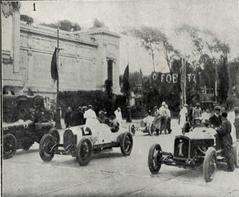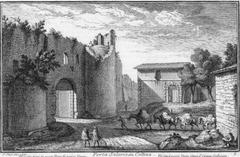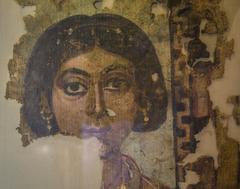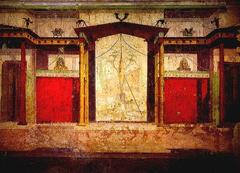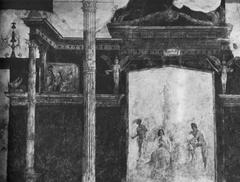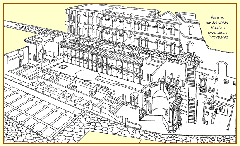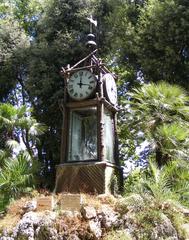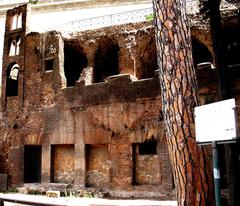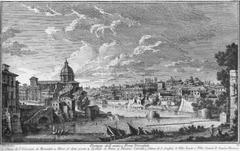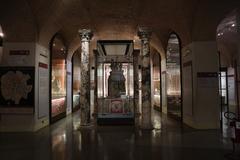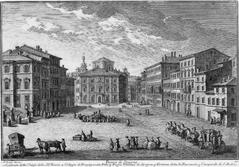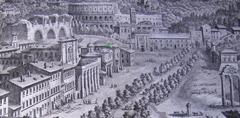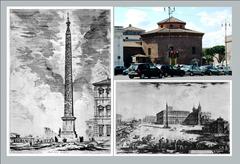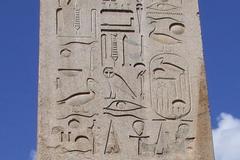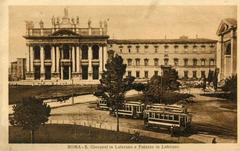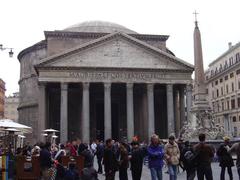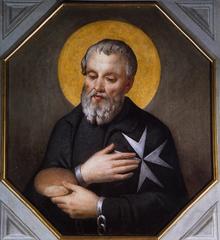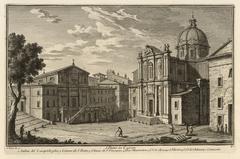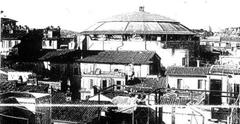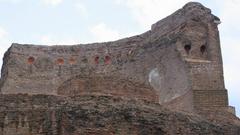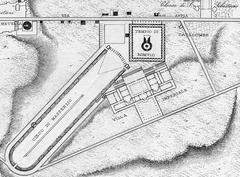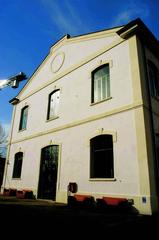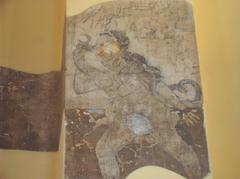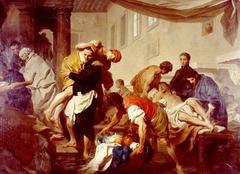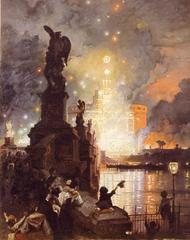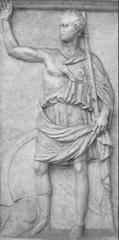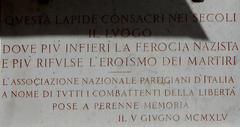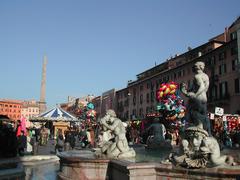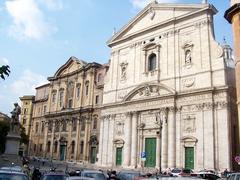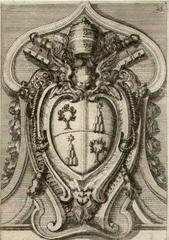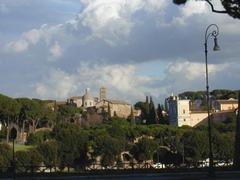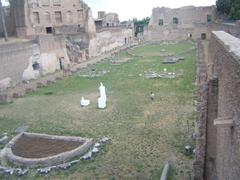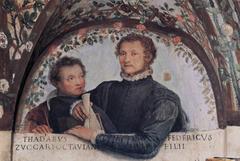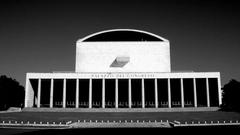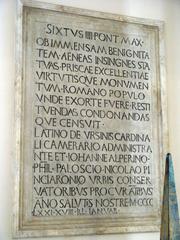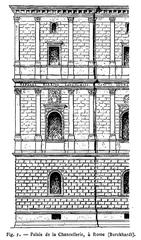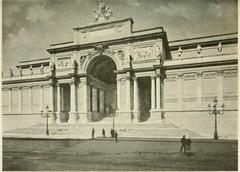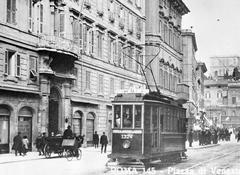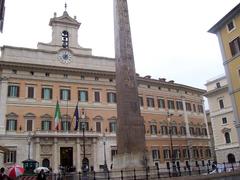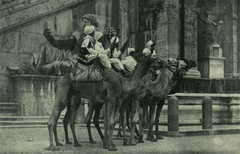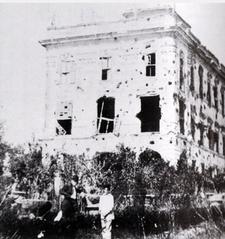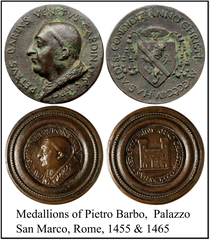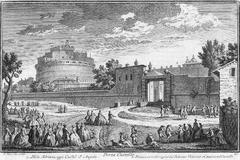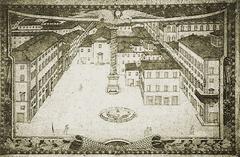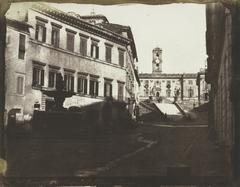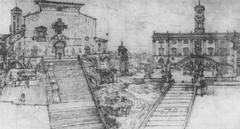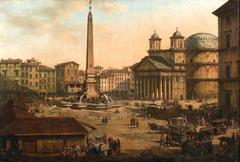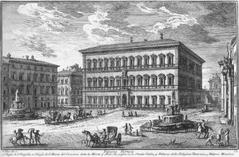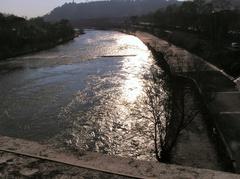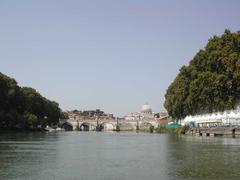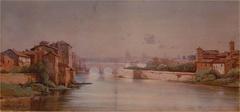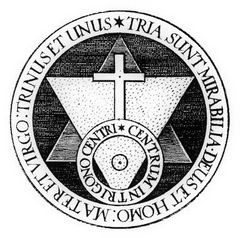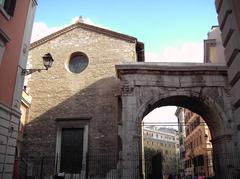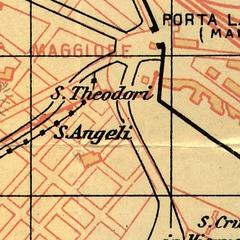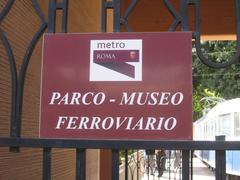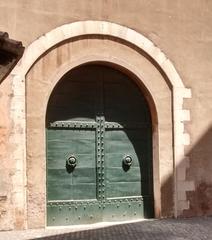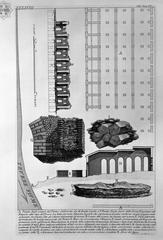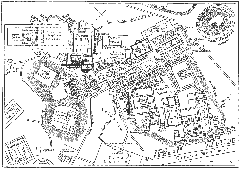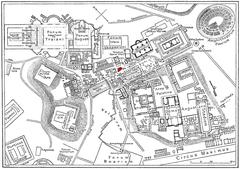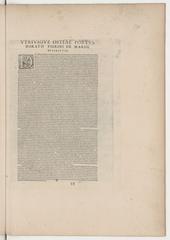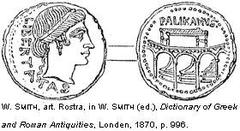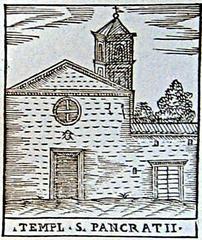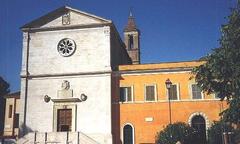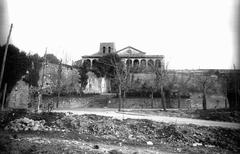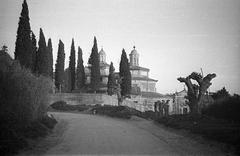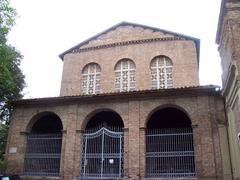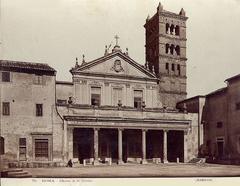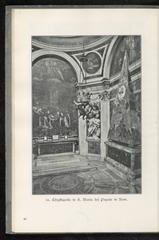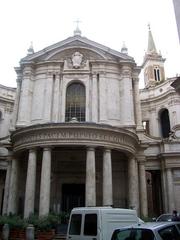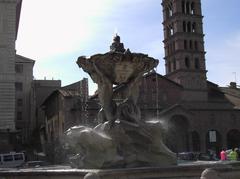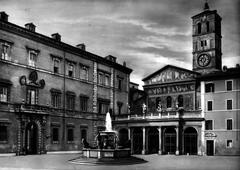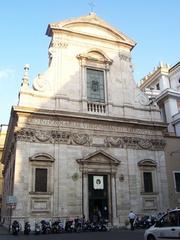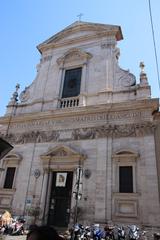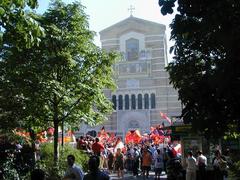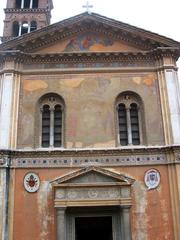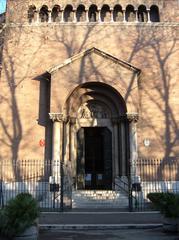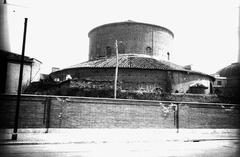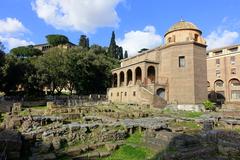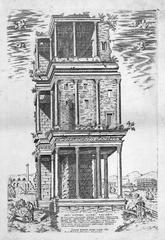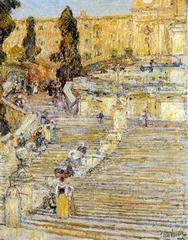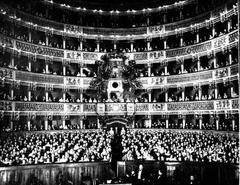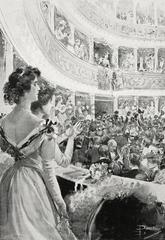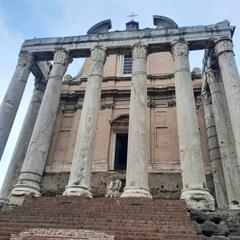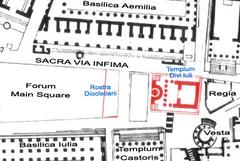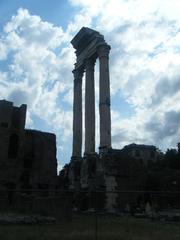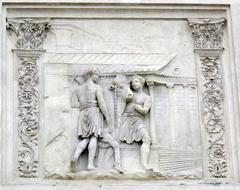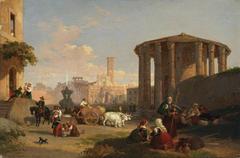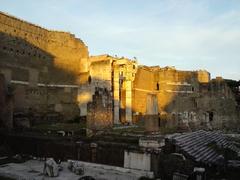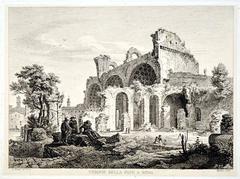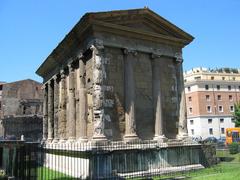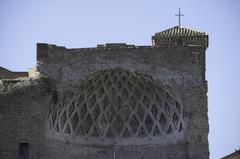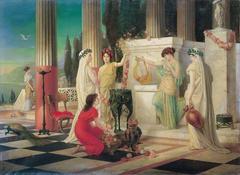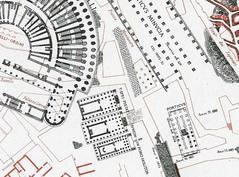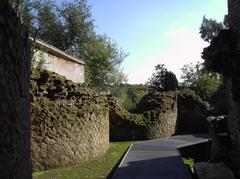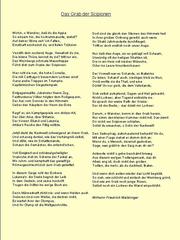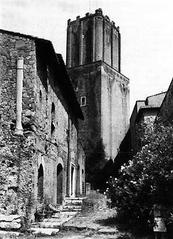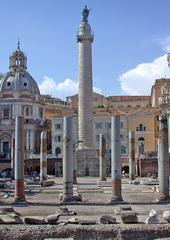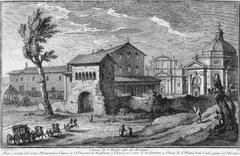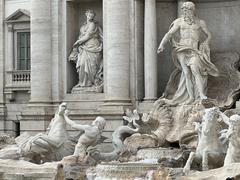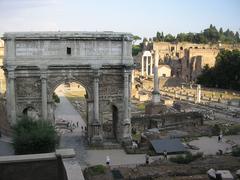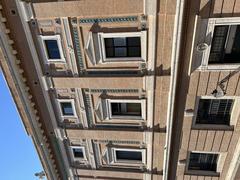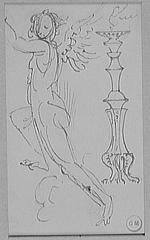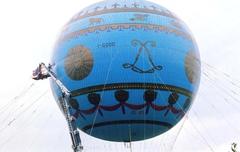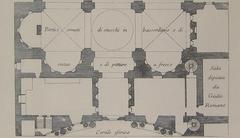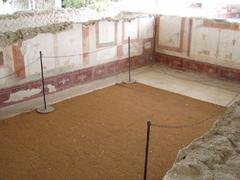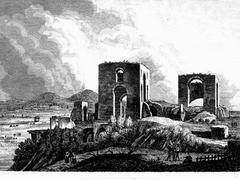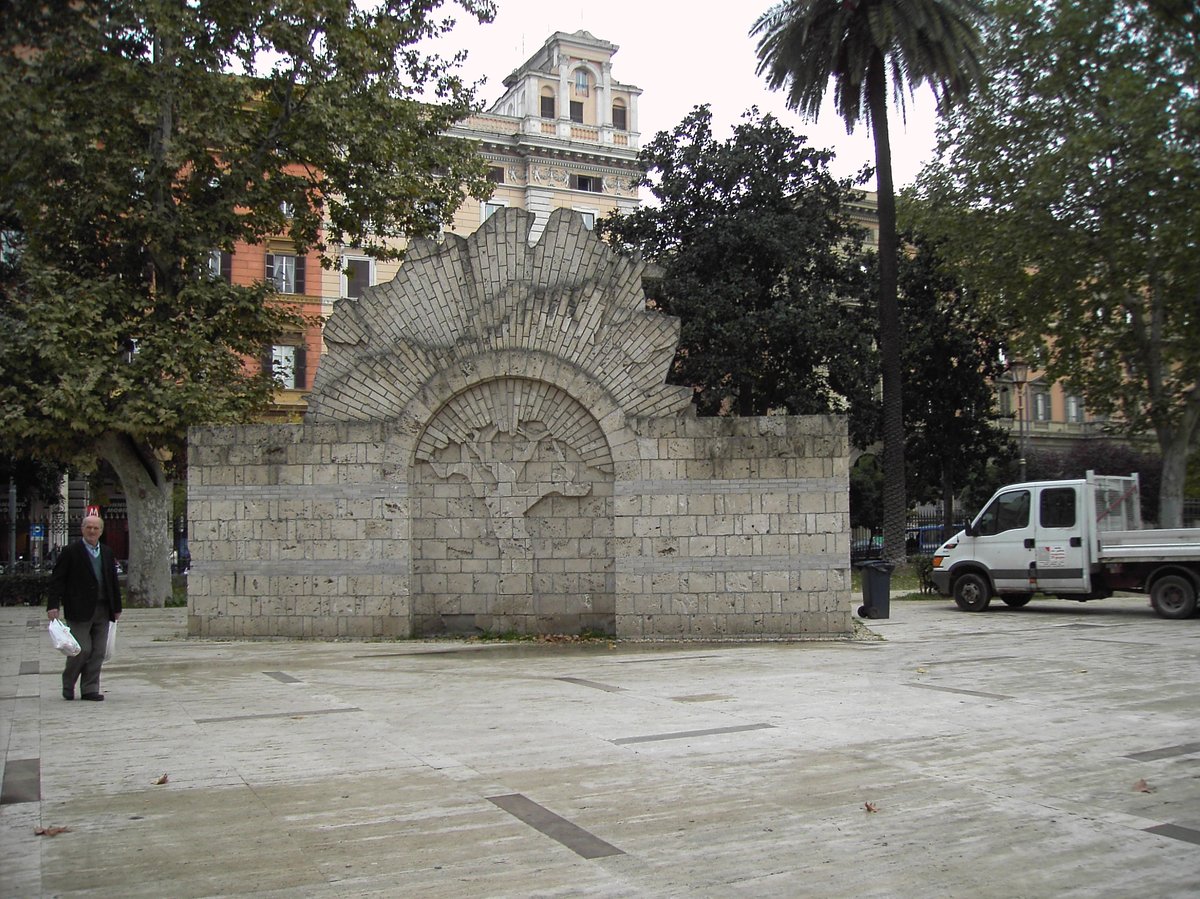
Visiting Piazza Vittorio Emanuele II: History, Tips, and Attractions in Rome
Date: 18/07/2024
Introduction
Located in the heart of Rome, Piazza Vittorio Emanuele II is a historical landmark that offers a unique window into Italy’s storied past. As one of the city’s largest squares, Piazza Vittorio Emanuele II is more than just a public space; it is a testament to Italy’s unification and transformation. The square is rich in architectural splendor, cultural significance, and vibrant local life, providing visitors with a multi-faceted experience that blends history, art, and modernity. From its controversial beginnings in the 1870s to its role as a social and cultural hub in the present day, the piazza has continuously evolved, reflecting the dynamic nature of Rome itself. Whether you are a history enthusiast eager to delve into Italy’s past, a culture vulture seeking to explore local traditions, or simply a traveler looking to enjoy the bustling atmosphere, Piazza Vittorio Emanuele II offers something for everyone. This comprehensive guide aims to provide you with all the information you need to make the most of your visit, including historical insights, practical travel tips, and recommendations for nearby attractions.
Table of Contents
- Introduction
- A Monumental History - From Papal Ruins to National Symbol
- Demolition and Discontent - Making Way for a New Rome (1870s - 1880s)
- A Piazza Takes Shape - Architectural Influences and Symbolic Design (1880s - 1911)
- From Public Square to Social Hub - The Piazza’s Evolving Role (1900s)
- Revitalization and Rediscovery - A Renewed Appreciation (Late 20th Century - Present)
- Visitor Information
- FAQ
- Conclusion
- References
A Monumental History - From Papal Ruins to National Symbol
The history of Piazza Vittorio Emanuele II is inextricably linked with the unification of Italy, a period of immense change and upheaval. Before its transformation, the area was a densely populated neighborhood known as the “Monti” district, home to ancient Roman ruins and medieval structures.
Demolition and Discontent - Making Way for a New Rome (1870s - 1880s)
The idea for a grand piazza dedicated to the newly unified Italy emerged in the 1870s. Following the capture of Rome in 1870 and its designation as the capital of the Kingdom of Italy, the government embarked on an ambitious urban renewal project. This project aimed to modernize the city and create spaces that reflected its newfound national identity.
The construction of Piazza Vittorio Emanuele II, beginning in 1879, necessitated the demolition of a significant portion of the existing neighborhood. This controversial move displaced thousands of residents and sparked criticism from those who lamented the loss of Rome’s historic fabric. Despite the opposition, the project proceeded, driven by the desire to create a symbol of a unified and modern Italy.
A Piazza Takes Shape - Architectural Influences and Symbolic Design (1880s - 1911)
The design of the piazza, entrusted to architect Gaetano Koch, reflects a blend of architectural styles, including elements of Renaissance and Baroque, popular during the period. This eclectic approach aimed to evoke a sense of grandeur and historical continuity, linking the newly unified nation with its Roman heritage.
The piazza’s focal point, the imposing Vittoriano, was conceived as a grand monument to Victor Emmanuel II, the first king of unified Italy. Its construction, fraught with delays and controversies, spanned over three decades, finally completed in 1911. The monument’s design, with its colossal equestrian statue of the king, triumphal arches, and allegorical sculptures, aimed to project an image of power, unity, and national pride.
From Public Square to Social Hub - The Piazza’s Evolving Role (1900s)
Throughout the 20th century, Piazza Vittorio Emanuele II served as a stage for various public events, from military parades and political rallies to cultural gatherings and celebrations. The piazza’s vast open space made it an ideal location for large gatherings, reflecting its role as a symbol of national unity and identity.
However, the piazza also faced periods of neglect and decline. During the Fascist era, it was used for propaganda purposes, hosting rallies and demonstrations that showcased the regime’s power. Following World War II, the piazza struggled to regain its former glory, with parts of it used as a parking lot and a marketplace.
Revitalization and Rediscovery - A Renewed Appreciation (Late 20th Century - Present)
The late 20th century witnessed a renewed appreciation for Piazza Vittorio Emanuele II and its historical significance. Restoration efforts breathed new life into the piazza, restoring its architectural splendor and transforming it into a vibrant public space.
Today, Piazza Vittorio Emanuele II stands as a testament to the complex history of Rome and the unification of Italy. It is a place where locals and tourists alike gather to admire its architectural grandeur, soak up the vibrant atmosphere, and reflect on the events that shaped the nation. The piazza’s gardens offer a tranquil escape from the bustling city, while its numerous cafes and restaurants provide a taste of Roman life. As a symbol of both the triumphs and challenges of Italian unification, Piazza Vittorio Emanuele II continues to captivate and inspire visitors from around the world.
Visitor Information
Piazza Vittorio Emanuele II Visiting Hours
Piazza Vittorio Emanuele II is open to the public 24 hours a day, seven days a week. However, specific attractions within the piazza, such as the Vittoriano monument, may have their own visiting hours.
Piazza Vittorio Emanuele II Tickets
Access to the piazza itself is free, but certain areas and attractions may require tickets. For instance, entry to the Vittoriano monument’s museum and panoramic terrace may involve a fee. It’s advisable to check the official website for up-to-date ticket prices and booking information.
Travel Tips
- Getting There: The piazza is easily accessible by public transportation. The nearest metro station is Vittorio Emanuele on Line A.
- Best Time to Visit: Early mornings or late afternoons are ideal for a less crowded experience.
- Nearby Attractions: Don’t miss the Colosseum, Roman Forum, and Basilica di Santa Maria Maggiore, all within walking distance.
- Accessibility: The piazza is wheelchair accessible, but some attractions may have limited access.
Special Events and Guided Tours
Piazza Vittorio Emanuele II frequently hosts special events, including cultural festivals, art exhibitions, and public performances. Guided tours are available and provide deeper insights into the piazza’s history and significance. Check local listings and the official website for current events and tour options.
Photographic Spots
The piazza offers numerous photographic opportunities. Key spots include the Vittoriano monument, the central gardens, and the surrounding arcades. Early morning or sunset provides the best lighting for capturing the piazza’s grandeur.
FAQ
Q: What are the visiting hours for Piazza Vittorio Emanuele II? A: The piazza is open 24/7, but specific attractions within may have their own hours.
Q: Is there an entry fee for Piazza Vittorio Emanuele II? A: Access to the piazza is free, though certain attractions like the Vittoriano monument may require tickets.
Q: How do I get to Piazza Vittorio Emanuele II? A: The nearest metro station is Vittorio Emanuele on Line A.
Q: What are some nearby attractions? A: The Colosseum, Roman Forum, and Basilica di Santa Maria Maggiore are all nearby.
Conclusion
Piazza Vittorio Emanuele II stands as a microcosm of Rome’s rich history and dynamic culture. From its origins as a symbol of Italy’s unification to its modern-day role as a vibrant public space, the piazza encapsulates the complexities and triumphs of Rome’s evolution. Visitors to the square can immerse themselves in a blend of architectural marvels, historical insights, and local life, making it a must-visit destination in the Eternal City. Whether you are exploring the majestic Fountain of the Naiads, delving into the history of the Magic Door, or simply enjoying a moment of tranquility in the piazza’s gardens, you will find that Piazza Vittorio Emanuele II offers a unique and enriching experience. As you plan your visit, consider the practical tips provided, from the best times to visit to the most photogenic spots, to ensure a memorable and enjoyable trip. For ongoing updates and additional resources, be sure to check out Rome’s official tourism website and follow us on social media. Embrace the opportunity to explore this iconic site and contribute to the living history of Rome.
